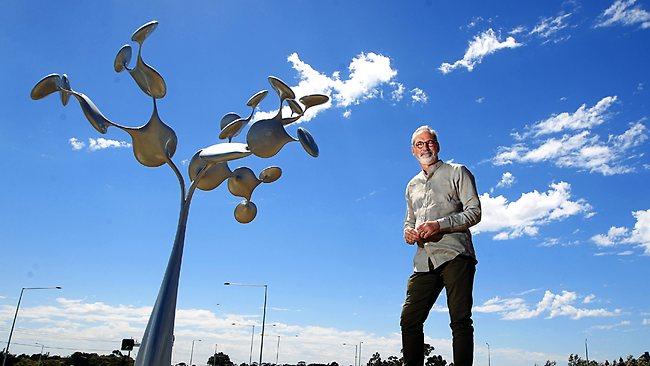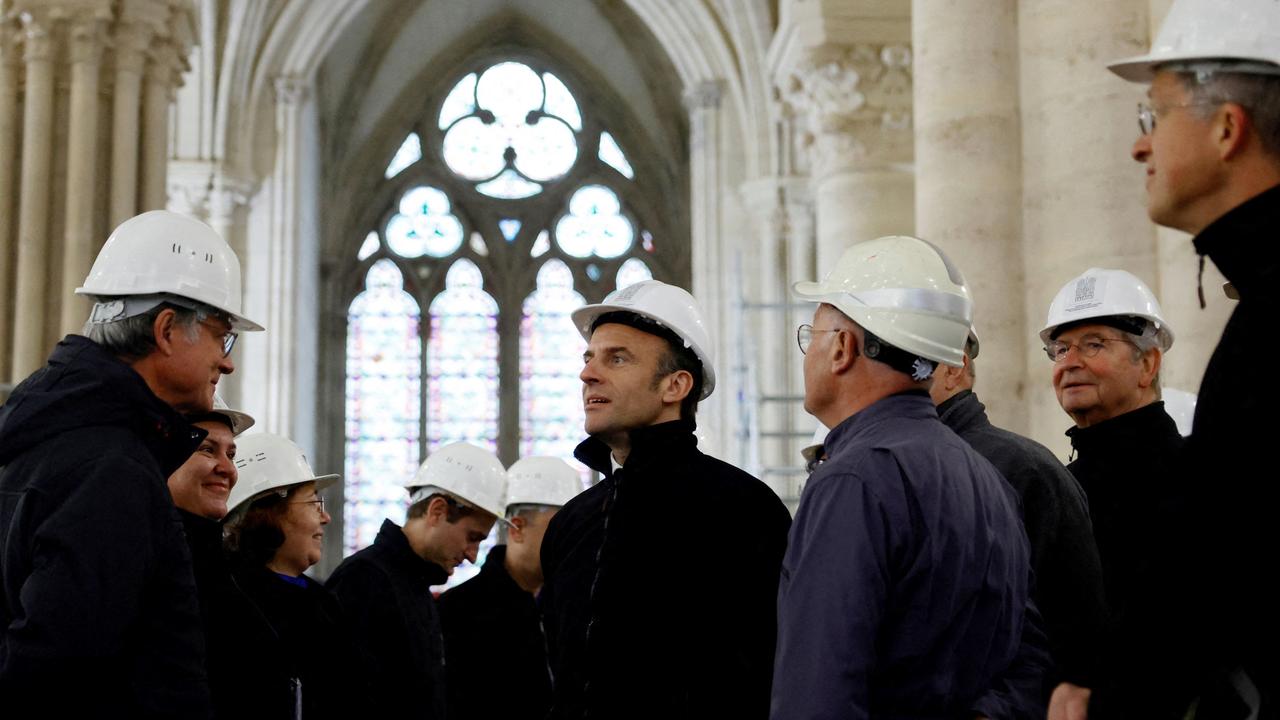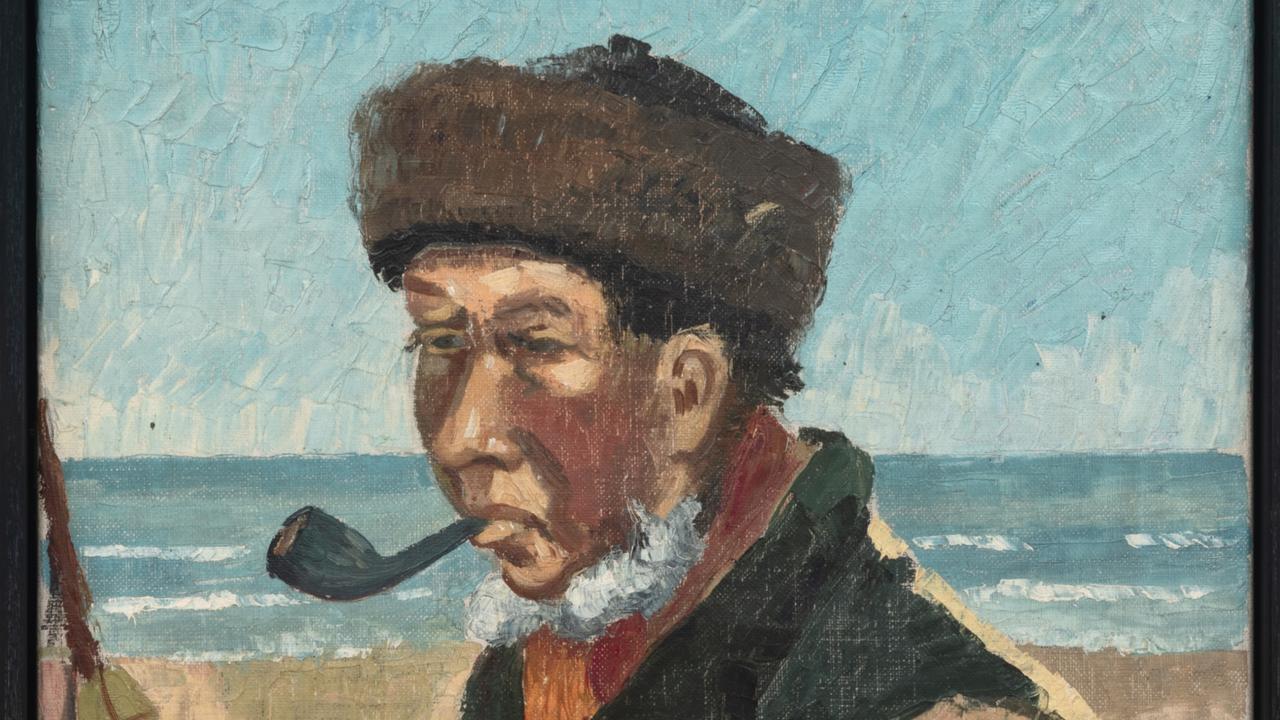Winds of change as sculpture park goes commercial
COSTS and a tough fundraising climate have led the nation's only dedicated sculpture park to stage its first commercial show.

COSTS and a tough fundraising climate have led the nation's only significant, dedicated sculpture park, the McClelland Gallery, to stage the first commercial art show in its 41-year history.
Usually McClelland exists as a temple of high art, with free entry and works exhibited for visitors to contemplate, not to buy.
With next Sunday's Small Sculpture Fair it enters the commercial sphere inhabited by price lists and, if the initiative is successful, red "sold" dots.
Director Robert Lindsay said the exercise was a sign of the times. "More and more, governments are withdrawing funding for galleries, consistent with the philosophy of user-pays and economic rationalism of the 90s," he said. "We have to raise a little over 80 per cent of our income from philanthropic sources and this is part of our entrepreneurial activities."
McClelland's annual turnover averages $1.3 million and it doesn't charge for entry. Income is generated through the cafe and bookshop and a long list of donors, chief among them having been Dame Elisabeth Murdoch, who died last month aged 103.
The exhibition of 59 small sculptures worth $160,000 includes works by mostly Victorian artists. International artists are also represented.
The galleries that represent the artists have agreed to waive their fees so sales will benefit the artists and the sculpture park.
Money raised will go towards future exhibitions and the maintenance of McClelland's permanent collection in the 16ha site.
Three major sculptures will be installed alongside the Peninsula Link freeway, which opens soon.
Louise Paramour's Panorama Station has been permanently located at the EastLink interchange, but Dean Colls' corten steel structure Rex Australis and Phil Price's big wind-activated kinetic sculpture The Tree of Life , which are along McClelland's perimeter, are part of a 25-year rotation project.


